Architectural shingles typically last between 25 to 30 years under normal conditions. Their layered design enhances durability and resistance to harsh weather, making them a popular choice for homeowners. Several factors can influence their lifespan, such as material quality, installation techniques, and climate conditions. Regular maintenance can significantly extend their life. However, signs of wear like curling shingles or granule loss can indicate it’s time for replacement. More insights on maintaining and replacing shingles follow.
Key Takeaways
- Architectural shingles typically last between 25 to 30 years under normal conditions.
- Regular maintenance and inspections can extend their lifespan beyond 30 years.
- Signs of wear, like curling shingles or granule loss, indicate potential replacement needs.
- Extreme weather and poor installation can shorten the lifespan of architectural shingles.
- If shingles are over 20 years old, it’s wise to consider replacement options.
Learn How Long Does Architectural Shingles Last
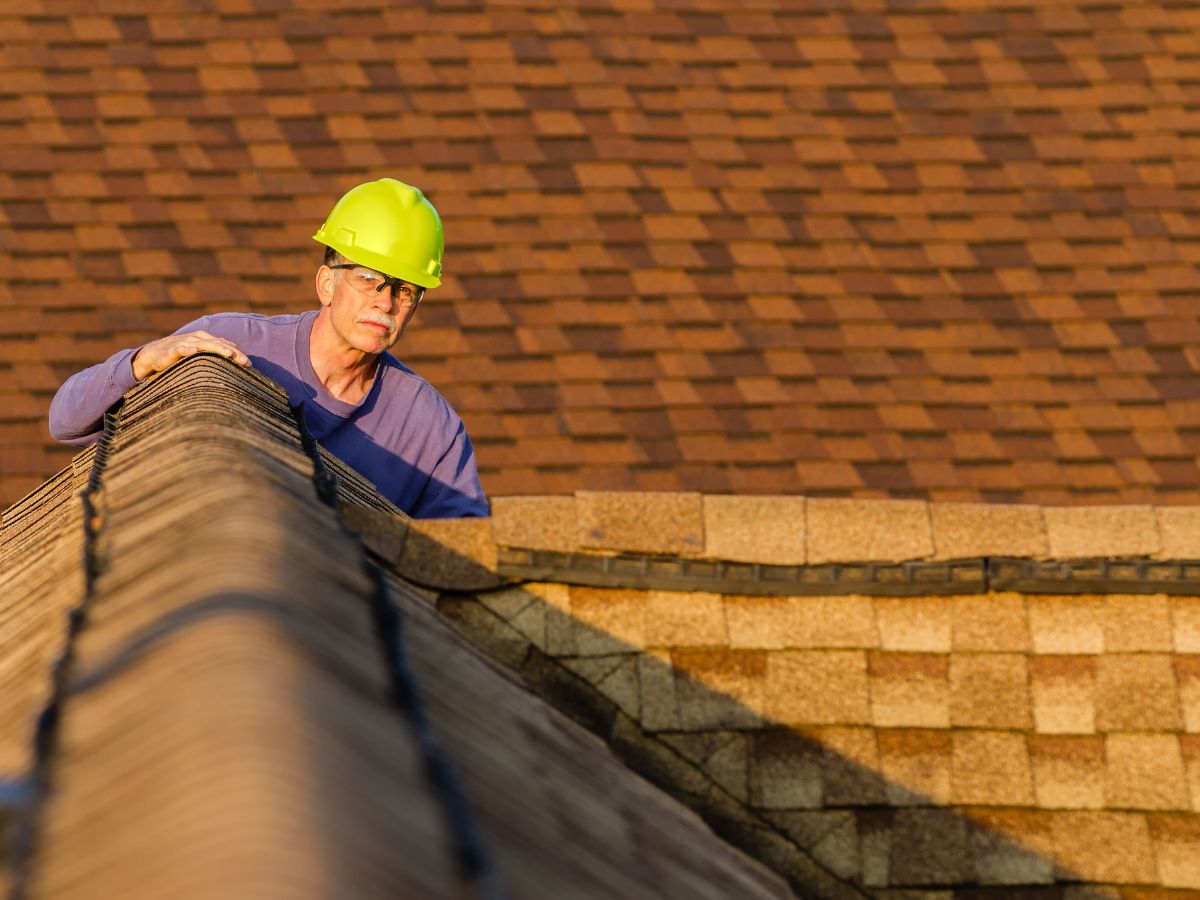
How long does architectural shingles last under typical conditions? Generally, architectural shingles have an impressive lifespan of 25 to 30 years. This durability makes them a popular choice among homeowners seeking reliable roofing solutions.
Their layered design enhances strength and weather resistance, contributing significantly to their longevity. However, potential buyers often wonder: are architectural shingles worth it? Given their extended lifespan compared to traditional 3-tab shingles, many find the investment justifiable.
Homeowners can expect not only increased protection but also enhanced curb appeal, as these shingles often mimic the look of more expensive materials. Regular maintenance and prompt repairs can further extend the architectural shingles lifespan.
Recognizing the signs of wear, such as curling or granule loss, can help answer the common question of how long does architectural shingles last and guide homeowners on when to consider replacements. Ultimately, understanding these factors can help in making informed decisions regarding roofing investments.
Factors That Affect the Architectural Shingles Lifespan

Various factors significantly influence the lifespan of architectural shingles, impacting their durability and performance over time. Understanding these elements can help homeowners gauge how long architectural shingles last compared to traditional asphalt shingles.
- Quality of Materials: Higher quality shingles typically last longer.
- Installation Technique: Proper installation is crucial for maximizing lifespan.
- Climate Conditions: Extreme weather, including heat, rain, and snow, can accelerate wear.
- Maintenance Practices: Regular inspections and repairs can extend shingle life.
- Roof Pitch and Design: Steeper roofs shed water better, reducing damage risks.
In evaluating asphalt shingles vs architectural shingles, it’s essential to note that architectural shingles generally offer improved longevity due to their layered design.
Maintenance Tips to Make Architectural Shingles Last Longer
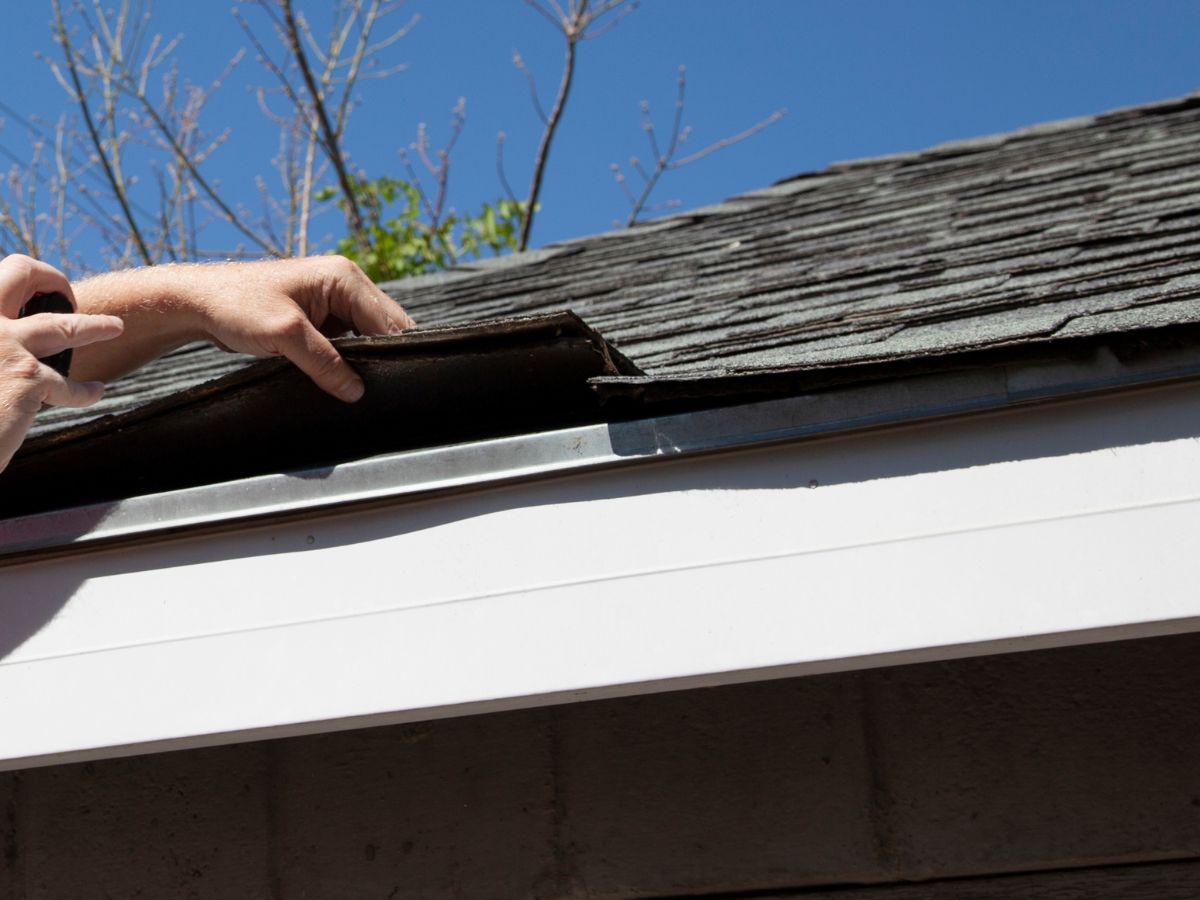
While architectural shingles are designed for durability, regular maintenance is essential to maximize their lifespan. Homeowners should begin by performing routine inspections to identify any loose or damaged shingles.
Cleaning gutters and downspouts regularly prevents water accumulation, which can lead to shingle damage. Additionally, removing debris such as leaves and branches from the roof minimizes the risk of mold and algae growth.
It is also advisable to trim overhanging tree branches to reduce the likelihood of shingle abrasion during storms. Proper ventilation in the attic helps regulate temperature and moisture levels, further extending the life of the shingles.
Lastly, scheduling professional inspections every few years can catch issues early, ensuring timely repairs and maintenance. By following these simple yet effective maintenance tips, homeowners can significantly enhance the longevity of their architectural shingles, safeguarding their investment and ensuring their roof remains in optimal condition.
Signs Your Architectural Shingles Need Replacing
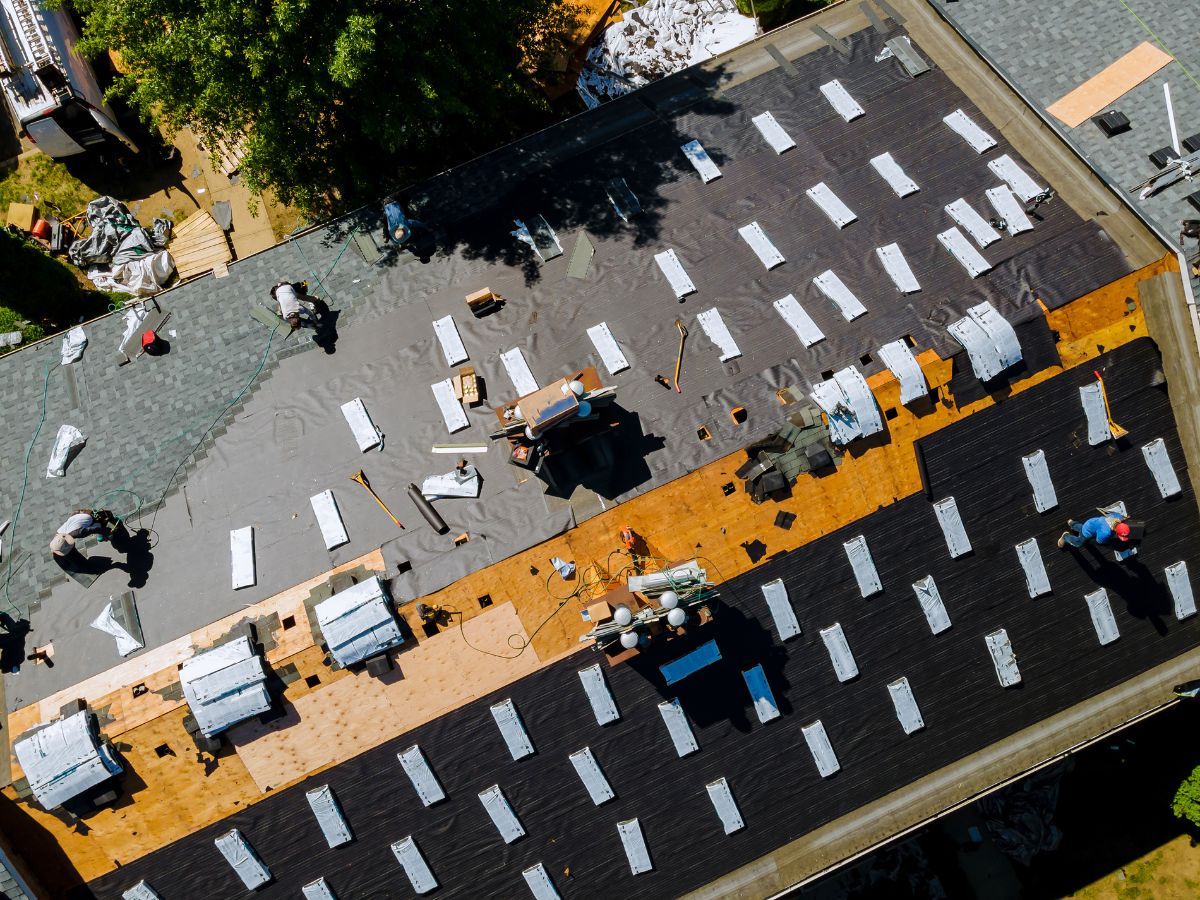
Regular maintenance can help extend the lifespan of architectural shingles, but even with diligent care, there comes a time when replacement is necessary.
Homeowners should be vigilant for signs indicating that their shingles may need to be replaced. Recognizing these signs early can prevent more extensive damage to the roof and the home.
- Curling or buckling shingles
- Missing or broken shingles
- Granule loss, visible in gutters or ground
- Leaks or water stains on ceilings and walls
- Age of shingles exceeding 20 years
When any of these symptoms appear, it’s crucial to assess the situation promptly. Ignoring these warnings can lead to costly repairs or even structural damage.
Homeowners should consult with a roofing professional to evaluate the condition of their shingles and discuss potential replacement options.
Key Differences Between Asphalt and Architectural Shingles
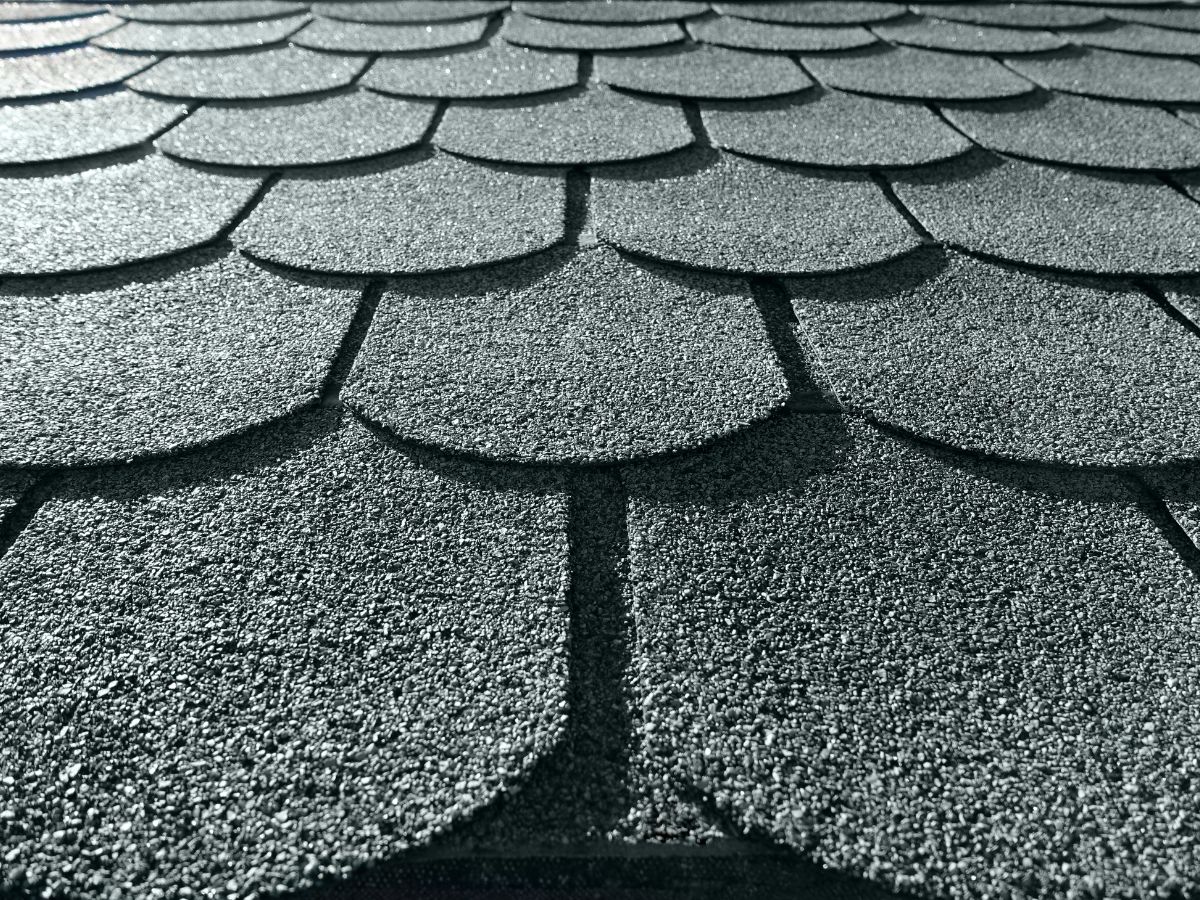
Understanding the key differences between asphalt and architectural shingles is essential for homeowners making roofing decisions.
Traditional asphalt shingles, often referred to as three-tab shingles, are typically lighter and less expensive. They consist of a single layer of material, which results in a flatter appearance.
In contrast, architectural shingles are thicker, featuring multiple layers that create a dimensional look. This added thickness contributes to their enhanced durability and lifespan, often lasting 20 to 30 years, compared to the 15 to 20 years typical for asphalt shingles.
Additionally, architectural shingles offer superior resistance to wind and weather, making them more suitable for harsh climates. Their aesthetic appeal also adds value to a home, providing a more upscale look.
Ultimately, understanding these differences enables homeowners to choose the option that best meets their budget and aesthetic preferences while considering the long-term implications for roof replacement and maintenance.
Importance of Proper Installation for Longevity
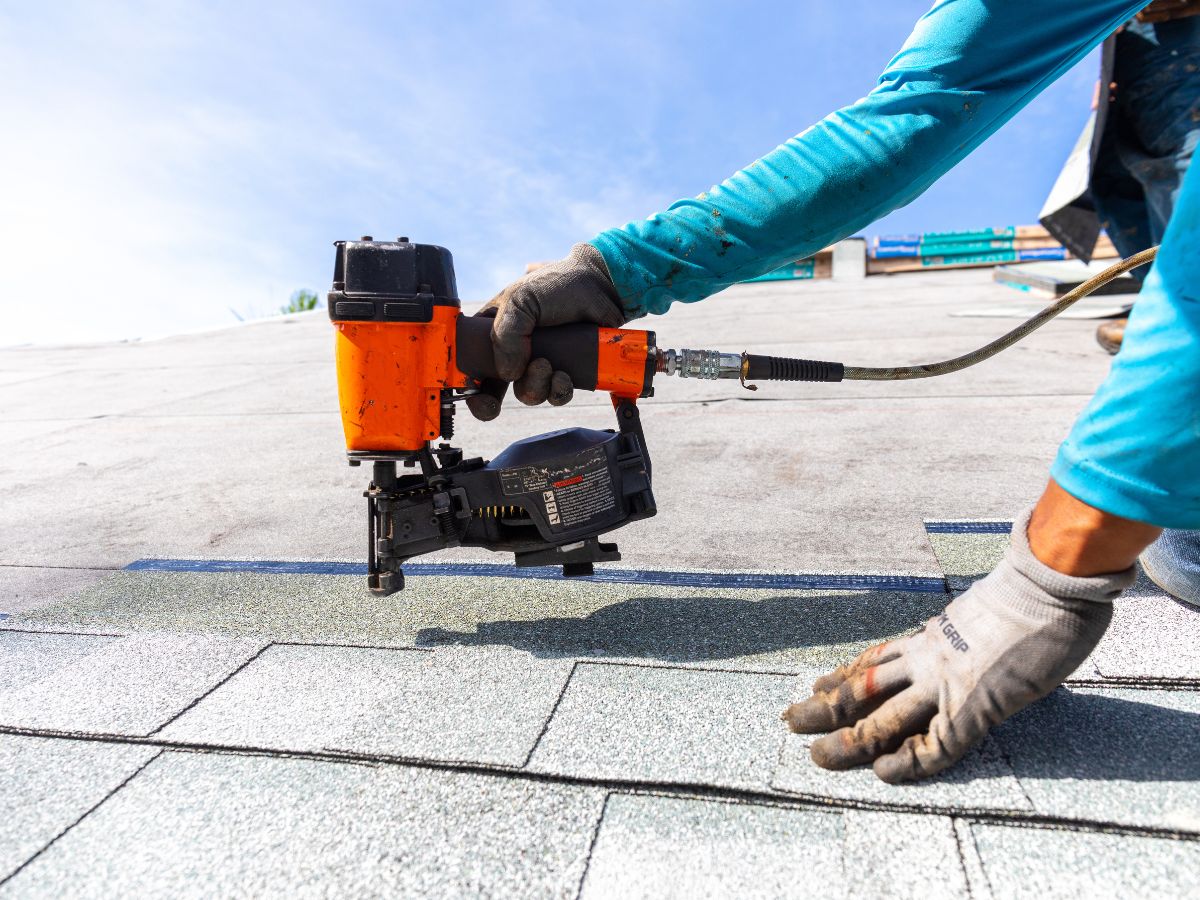
The longevity of architectural shingles heavily relies on the quality of their installation. Proper installation not only enhances the shingles’ performance but also significantly extends their lifespan.
Homeowners must understand that even the best shingles can fail prematurely if not installed correctly.
Key factors contributing to the importance of proper installation include:
- Alignment and Overlap: Ensuring shingles are aligned and properly overlapped prevents water intrusion.
- Underlayment Quality: Utilizing high-quality underlayment provides an additional layer of protection against moisture.
- Nailing Technique: Correct nailing techniques prevent lifting and damage during severe weather.
- Ventilation: Adequate roof ventilation reduces heat buildup, mitigating wear on shingles.
- Local Climate Considerations: Installation should account for local weather patterns to optimize durability.
Choosing the Right Roofing Contractor for Shingle Replacement

When selecting a roofing contractor for shingle replacement, homeowners must consider several critical factors to ensure a successful project.
First, they should verify the contractor’s credentials, including licensing, insurance, and experience with architectural shingles. A reputable contractor will provide references and examples of previous work, allowing homeowners to assess quality and reliability.
Next, obtaining multiple estimates is essential. This not only helps compare costs but also provides insights into different approaches and materials offered by various contractors. Homeowners should inquire about warranties on both materials and workmanship, as these can indicate the contractor’s confidence in their work.
Additionally, communication is key; a good contractor should be transparent, addressing any concerns and keeping homeowners informed throughout the process.
Lastly, checking online reviews and ratings can offer valuable perspectives on the contractor’s reputation and customer satisfaction.
Choosing a reliable contractor ensures that the shingle replacement project meets the highest standards.
Frequently Asked Questions
Are architectural shingles worth it for long-term use?
Yes, architectural shingles are a worthwhile investment for long-term use. They typically last 25 to 30 years—longer than traditional 3-tab shingles—due to their layered design, enhanced durability, and superior resistance to harsh weather. Their aesthetic appeal and structural benefits also add long-term value to your home.
How much does it cost to replace architectural shingles when the time comes?
The cost to replace architectural shingles can vary depending on roof size, labor rates, and regional pricing. On average, homeowners can expect to pay more than they would for standard asphalt shingles, but the added lifespan and durability often justify the upfront investment. Getting multiple estimates from licensed contractors is recommended.
When should I start budgeting for shingle replacement?
It’s wise to begin budgeting once your shingles are around 20 years old. Even with proper maintenance, architectural shingles start to show signs of wear—such as curling or granule loss—as they approach the end of their lifespan. Planning ahead allows for timely replacement without unexpected financial stress.
What climate factors shorten shingle lifespan?
Extreme weather conditions such as intense heat, heavy rainfall, snow accumulation, high winds, and frequent temperature fluctuations can accelerate wear and reduce shingle lifespan. Proper installation, ventilation, and routine maintenance can help mitigate these effects and prolong your roof’s durability.
Final Thoughts
Architectural shingles offer homeowners a durable, attractive, and cost-effective roofing solution, often lasting 25 to 30 years with proper care. However, their longevity depends on key factors such as installation quality, climate, and regular maintenance. Recognizing early signs of wear—like curling or granule loss—and responding promptly can prevent more expensive problems down the line. Choosing a reputable contractor and scheduling routine inspections can help you make the most of your investment. At Patriot Roofing & Restoration, we combine expert installation with top-quality materials to help homeowners in Little Rock maximize the lifespan of their roof. Contact us today to schedule your no-cost roof inspection and let us shield your home with long-lasting protection.




